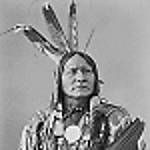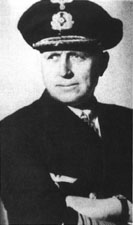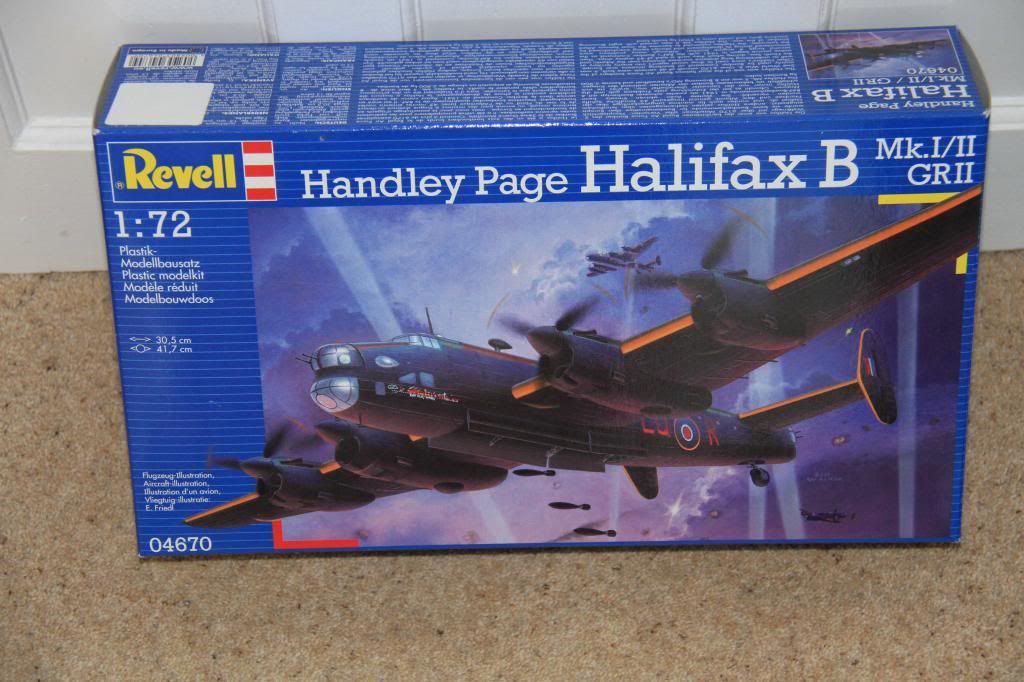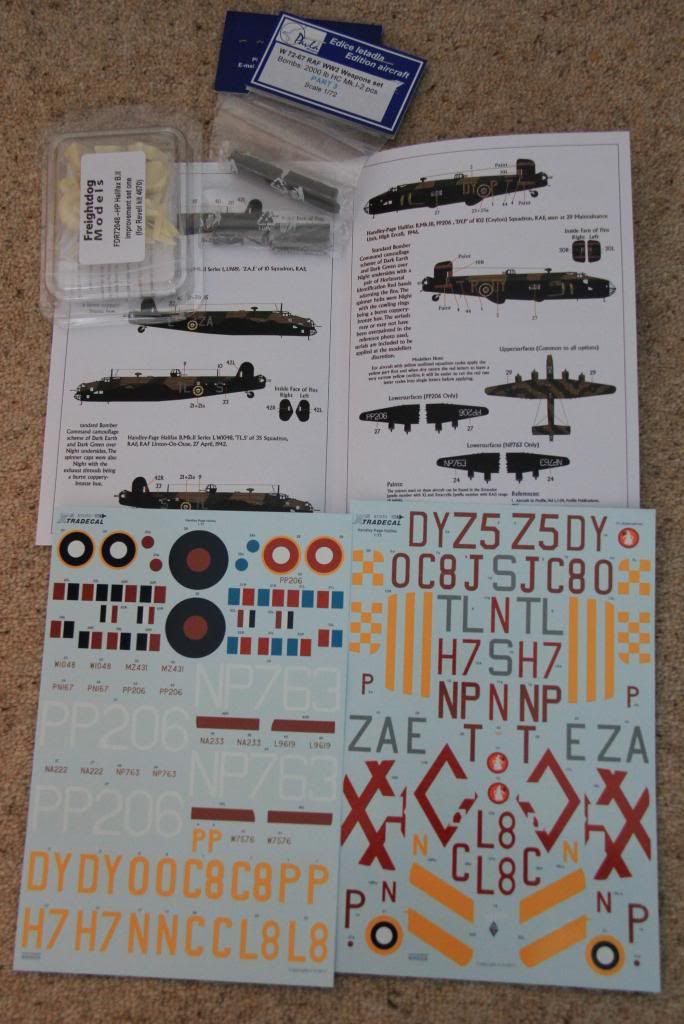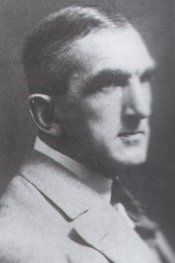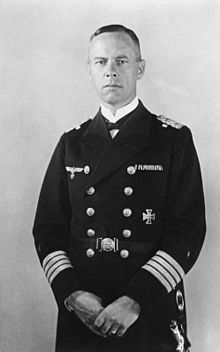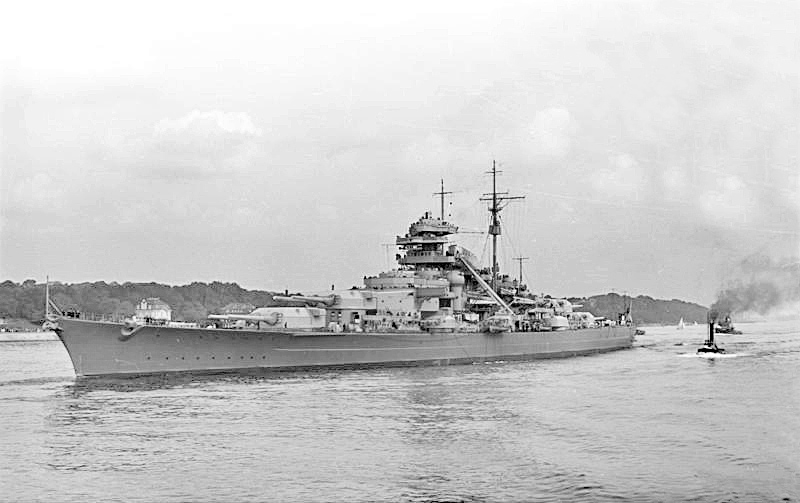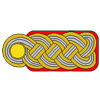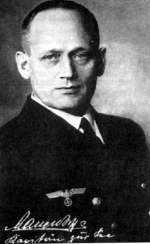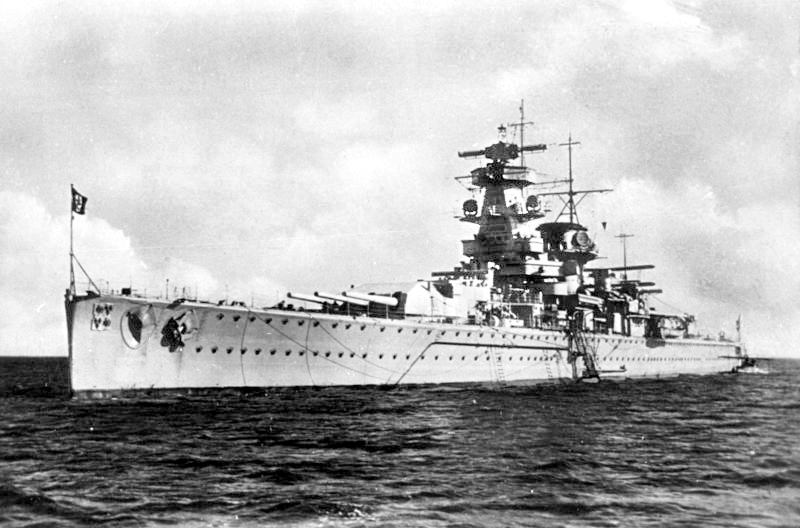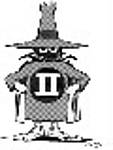BOA Weapon of the week - USS Guadacanal (CVE-60)

The USS Guadacanal alongside the captured U-505.
From Wikipedia:
USS Guadalcanal (CVE-60) was a Casablanca class escort carrier of the United States Navy. She was the first ship to carry her name. She was converted from a Maritime Commission hull by Kaiser Co., Inc., of Vancouver, Washington. Originally Astrolabe Bay (AVG-60), she was reclassified ACV-60 on 20 August 1942 and launched as Guadalcanal (ACV-60) on 5 June 1943, sponsored by Mrs. Alvin I. Malstrom. She was reclassified CVE-60 on 15 July 1943; and commissioned at Astoria, Oregon on 25 September 1943, Captain Daniel V. Gallery in command. After shakedown training in which Capt. Gallery made the first take off and landing aboard his new ship, Guadalcanal performed pilot qualifications out of San Diego, California, and then departed on 15 November 1943, via the Panama Canal, for Norfolk, Va., arriving on 3 December. There she became flagship of Task Group 22.3 (TG 22.3), and with her escort destroyers set out from Norfolk on 5 January 1944 in search of enemy submarines in the North Atlantic.
For her third Hunter-Killer cruise, after voyage repairs at Norfolk, Guadalcanal and her escorts departed Hampton Roads for sea again on 15 May 1944. Two weeks of cruising brought no contacts, and the task force decided to head for the coast of Africa to refuel. Ten minutes after reversing course, however, on 4 June 1944, 150 miles West of Cape Blanco in French West Africa, the USS Chatelain detected U-505 as it was returning to its base in Brest, France after an 80-day commerce-destroying raid in the Gulf of Guinea. The destroyer loosed one depth charge attack and, guided in for a more accurate drop by circling TBF Avengers from Guadalcanal, she soon made a second. This pattern blew relief valves all over the boat and cracked pipes in the engine room of the submarine, and rolled the U-boat on its beam ends. Shouts of panic from the engine room led Oberleutnant Harald Lange, making his first patrol as her captain, to believe his boat was mortally wounded. He blew his tanks and surfaced, barely 700 yards from the Chatelain in an attempt to save his crew. The destroyer fired a torpedo, which missed, and the surfaced submarine then came under the combined fire of the escorts and aircraft, forcing her crew to abandon ship.
Captain Gallery had been waiting and planning for such an opportunity, and having already trained and equipped his boarding parties, ordered Pillsbury's boat to make for the German sub and board her. Under the command of Lieutenant, junior grade Albert David, the party leaped onto the slowly circling submarine and found her abandoned. David and his men quickly captured all important papers, code books and the boat's Enigma machine while closing valves and stopping leaks. As Pillsbury attempted to get a tow-line on her the party managed to stop her engines. By this time a larger salvage group from Guadalcanal led by Commander Earl Trosino, Guadalcanal's Chief Engineer, arrived, and began the work of preparing U-505 to be towed. After securing the towline and picking up the German survivors from the sea, Guadalcanal started for Bermuda with her priceless prize in tow. Abnaki rendezvoused with the task group and took over towing duties, the group arriving in Bermuda on 19 June after a 2,500-mile tow .Gallery later apologized to Trosino, a pre-war Merchant Marine chief engineer by training who had long since figured out the U-Boat's propulsion system, for not allowing him as prize captain to bring her in under her own power.
U-505 was the first enemy warship captured on the high seas by the U.S. Navy since 1815. For their daring and skillful teamwork in this remarkable capture, Guadalcanal and her escorts shared in a Presidential Unit Citation. Lieutenant David received the Medal of Honor for leading the boarding party, and Captain Gallery received the Legion of Merit for conceiving the operation that led to U-505's capture. The captured submarine proved to be of inestimable value to American intelligence (for the remainder of the war she was operated by the U.S. Navy as the USS Nemo to learn the secrets of German U-boats), and its true fate was kept secret from the Germans until the end of the war. U-505 is the submarine exhibited in the Museum of Science and Industry (Chicago).
Arriving in Norfolk on 22 June 1944, Guadalcanal spent only a short time in port before setting out again on patrol. She departed Norfolk on 15 July and from then until 1 December, she made three anti-submarine cruises in the Western Atlantic. She sailed on 1 December for a training period in waters off Bermuda and Cuba that included refresher landings for pilots of her new squadron, gunnery practice, and anti-submarine warfare drills with Italian submarine R-9. Guadalcanal arrived Mayport, Fla., for carrier qualifications on 15 December and subsequently engaged in further training in Cuban water until 13 February 1945, when she arrived back in Norfolk. After another short training cruise to the Caribbean, she steamed into Mayport on 15 March for a tour of duty as carrier qualification ship, later moving to Pensacola, Florida for similar operations. After qualifying nearly 4,000 pilots, Guadalcanal returned to Norfolk, Va., and decommissioned there on 15 July 1946.
Guadalcanal entered the Atlantic Reserve Fleet at Norfolk and was redesignated CVU-60 on 15 July 1955, while still in reserve. She was finally stricken from the Naval Vessel Register on 27 May 1958 and she was sold for scrap to the Hugo Neu Corp. of New York on 30 April 1959. She was in the process of being towed to Japan for scrapping, when Capt. Gallery also made the very last landing and take off from the ship, using a helicopter, off Guantanamo, Cuba.












